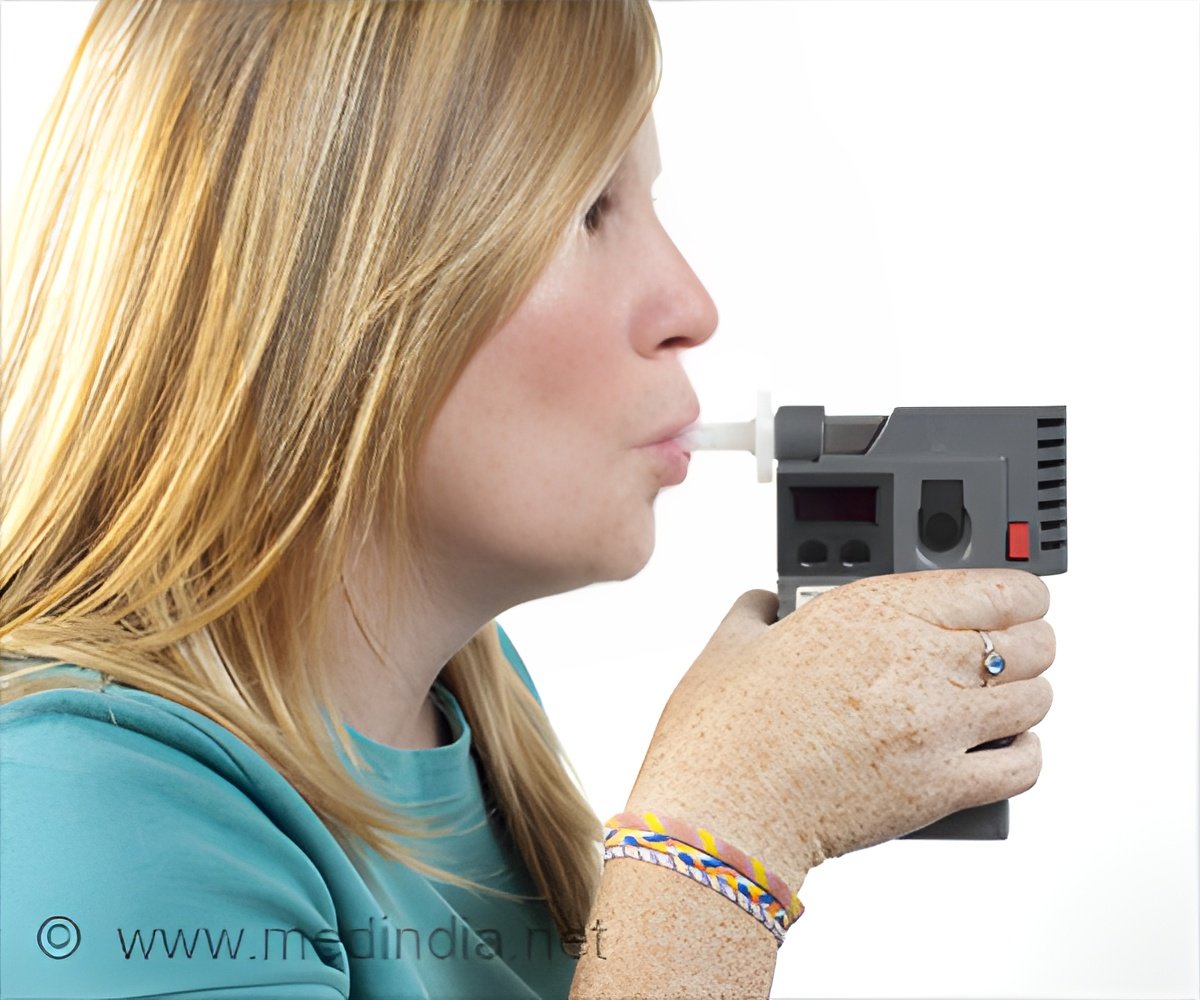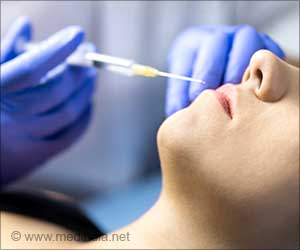Researchers sniff out 17 different diseases by analyzing the chemical makeup of breath.

- Researchers analyze breath samples to identify diseases.
- Breath samples contain different volatile chemical components or VOC’s that can be analyzed to diagnose various diseases.
Breath Sample Analysis
“In this study, we tested the ability of a nano-based intelligent technology to detect and classify a large number of diseases by the analysis of exhaled breath,” Professor Hossam Haick.
A total of 2,808 breath samples obtained from 1,404 subjects were analyzed. They where categorized as healthy controls or having one of 17 different diseases.
The breath samples were collected between 2011 and 2014 from 14 departments of nine medical centers in five countries: Israel, France, the US, Latvia and China.
Along with breath, there are also more than 100 types of volatile chemical components that come along.
The analysis was carried out using a technology called mass spectrometry to assess the exact amounts of chemical compounds in each disease.
In this technique, chemical species are ionized and the ions sorted based on their mass-to-charge ratio. The team discovered that each disease produces a unique volatile chemical scent or 'breathprint'.
“Our system is based on an array of nano-materials-based sensors, modified with a sensing organic layer,” Haick continued. “Bioinspired by the mammalian sense of smell, these sensors perform semi-selective analysis of the target volatile molecules in exhaled breath, and with artificial intelligence [are capable of learning and detecting] the unique patterns associated with each disease.”
The breath samples helped to diagnose and classify the samples according to the healthy condition or disease of the donor with 86% accuracy.
Conclusion
After adjusting for factors such as gender, age, smoking habits and place of residence that could have a possible effect on results, they were found to be negligible and did not harm the nanometric system’s sensitivity.
This technology ensures the diagnosis and classification of diseases at low cost, low power consumption, miniaturization, comfort and the possibility to repeat the test easily.
The device could be used to check multiple diseases in one person, if he/she previously developed one type of cancer for alternative sources of tumors, or other conditions.
Research on a larger pool of patients is now required before using the device on a broader medical community.
Researchers plan to develop a breathalyzer-type portable technology that could be used for early diagnosis in the field. “This is an ongoing process and hopefully soon could reach the daily use in the clinics,” Haick noted.
The results are published in the journal ACS Nano.
Reference
- Hossam Haick et al. Diagnosis and Classification of 17 Diseases from 1404 Subjects via Pattern Analysis of Exhaled Molecules. ACS Nano; (2016) DOI: 10.1021/acsnano.6b04930
Source-Medindia








